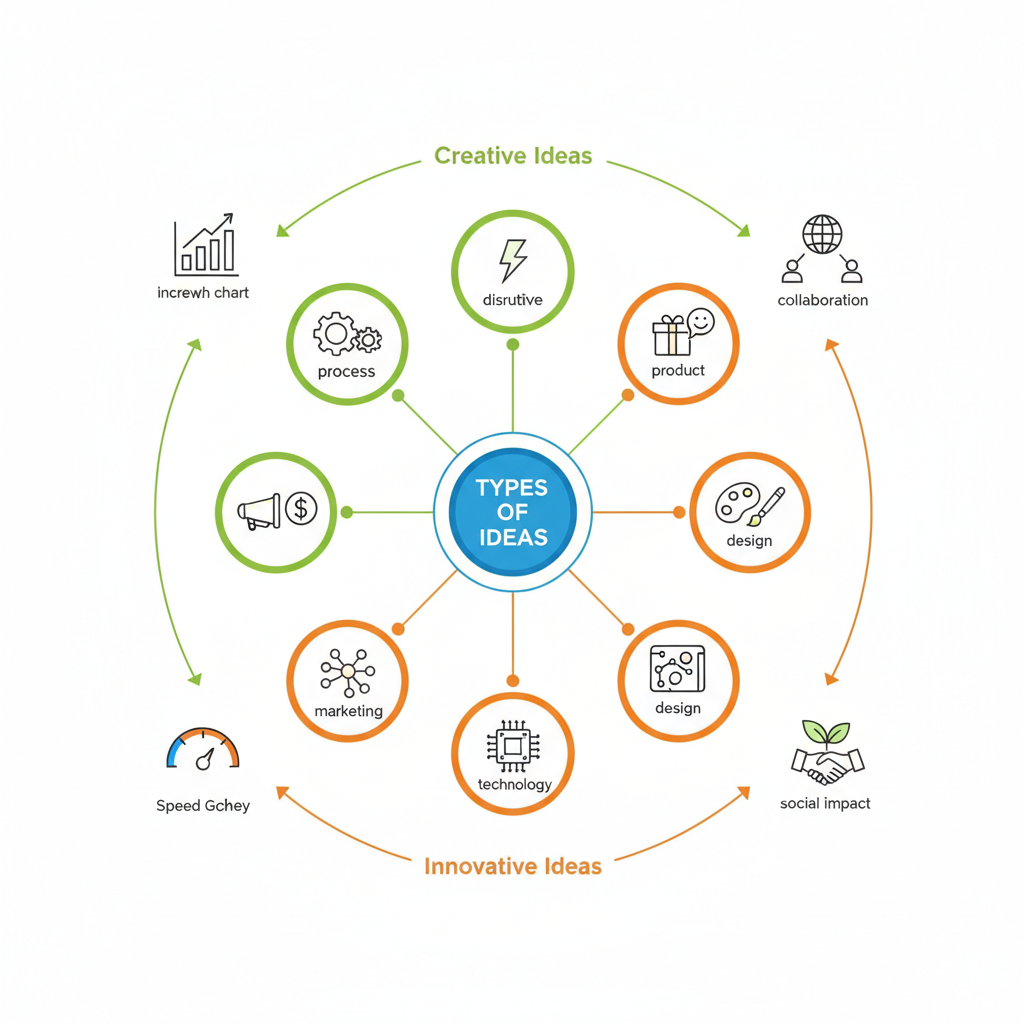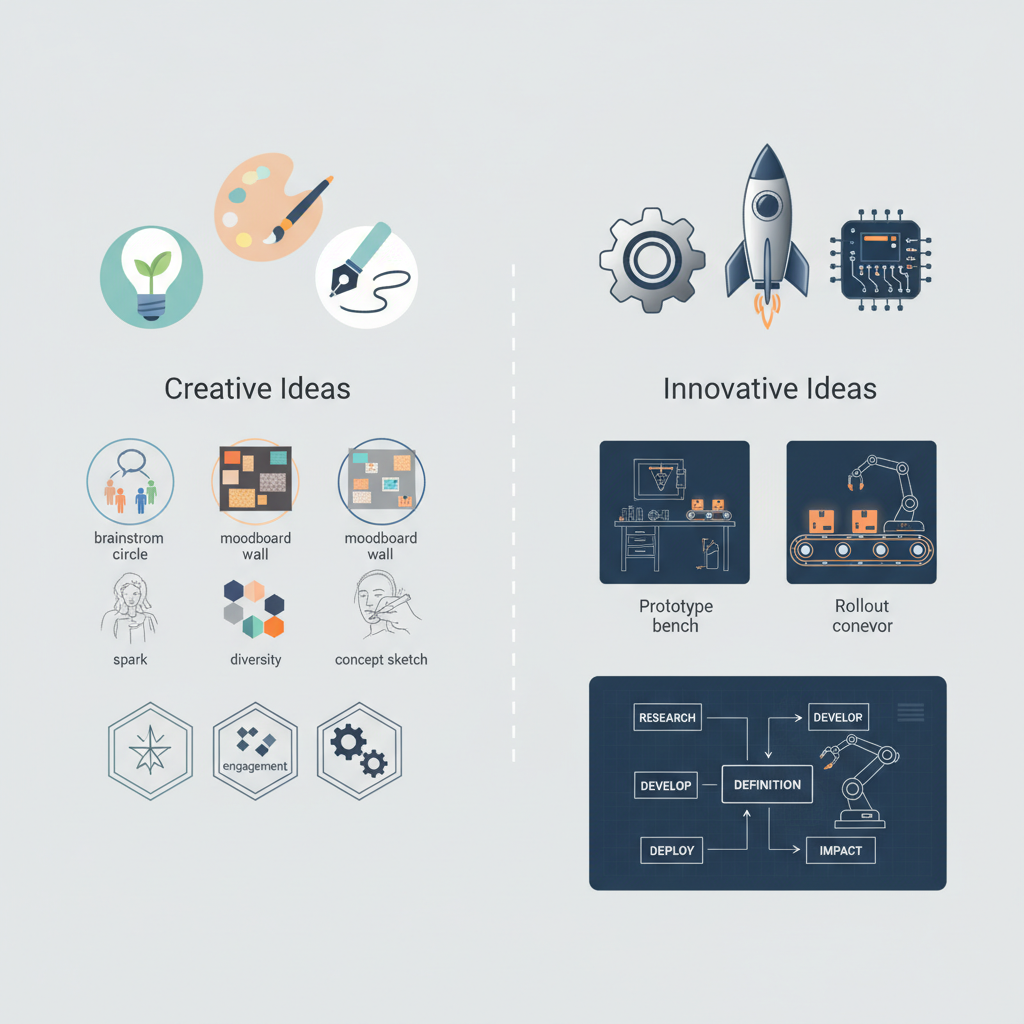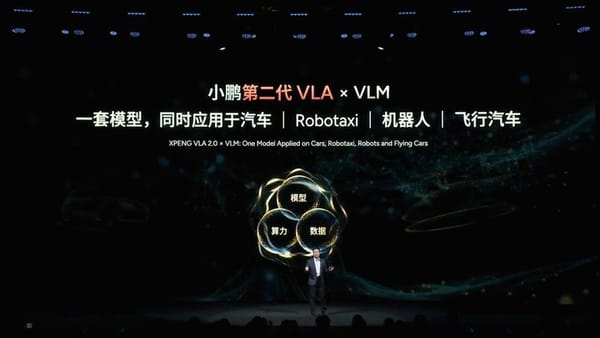10 Types of Ideas to Drive Creativity and Innovation
Looking for a clear, practical guide to the types of ideas? This article explains how different idea categories—creative, innovative, practical, strat

Looking for a clear, practical guide to the types of ideas? This article explains how different idea categories—creative, innovative, practical, strategic, analytical, and more—work together to fuel problem-solving, growth, and meaningful change.
Types of Ideas: A Practical Introduction
Ideas are the seeds from which every transformative change in society, business, and culture grows. From a simple "what if" to groundbreaking inventions, ideas shape our world. Understanding the different types of ideas can help individuals and organizations harness creativity and innovation more effectively.
While some ideas are spontaneous flashes of genius, others are meticulously crafted through observation, analysis, and collaboration. By recognizing these categories, you can deliberately cultivate a diverse "idea portfolio" that drives growth and inspiration.

Why Understanding Types of Ideas Matters
Not all ideas serve the same purpose. Some are meant to challenge norms, others to solve problems swiftly, and some exist purely to inspire. Recognizing the type of idea you need in a given situation can:
- Improve problem-solving efficiency
- Encourage innovation and originality
- Optimize collaboration efforts
- Align creative thought with strategic objectives
When you understand the different types of ideas, you can tailor your brainstorming and decision-making processes to produce the right kind of value.
Creative Ideas
Definition
Creative ideas are novel concepts that break away from conventional thinking. They often emerge in art, design, advertising, and product development. Creativity thrives on imagination and unconventional connections.
Examples
- A marketing campaign inspired by pop culture references
- A unique interior design combining modern and vintage elements
- Inventive storytelling formats, such as interactive narratives
Key Benefits
Creative ideas spark curiosity, inspire teams, and open new possibilities—even when they are not immediately practical.

Innovative Ideas
Definition
Innovative ideas take creativity a step further by introducing something that changes the way people live or work. Innovation is about implementation: turning original concepts into tangible products, services, or processes.
Examples
- The smartphone revolution
- Ride-sharing platforms disrupting traditional taxi services
- Artificial intelligence applied in everyday consumer tools
Key Benefits
Where creative ideas focus on originality, innovative ideas emphasize transformation, scalability, and market impact.
Practical Ideas
Definition
Practical ideas are grounded in feasibility and utility. They address immediate needs and deliver straightforward solutions.
Examples
- A reusable grocery bag that folds into a pocket-size pouch
- A mobile app for tracking household expenses
- A simplified workplace workflow to save time
Key Benefits
Practicality ensures ideas are not only possible but also beneficial for daily life, making them easy to adopt and implement.
Strategic Ideas
Definition
Strategic ideas are overarching concepts designed to support long-term objectives. These ideas often form the backbone of business planning, policy-making, or career roadmaps.
Examples
- Diversifying a company's product range to anticipate industry shifts
- Implementing a five-year plan to achieve sustainability goals
- Developing talent pipelines in anticipation of leadership needs
Key Benefits
Strategic thinking requires foresight, risk assessment, and alignment with core values—providing direction and cohesion over time.
Analytical Ideas
Definition
Analytical ideas stem from logical reasoning, quantitative data, and patterns. They are not speculative but supported by evidence.
Examples
- Forecasting sales based on historical trends
- Optimizing supply chain logistics using performance metrics
- Personalizing marketing strategies via customer analytics
Key Benefits
Analytical ideas deliver precision and confidence, enabling informed decisions and measurable outcomes.
| Type | Primary Benefit | Typical Tools |
|---|---|---|
| Creative | Novelty and imagination | Brainstorming, mind mapping |
| Innovative | Market transformation | Prototyping, R&D |
| Practical | Daily problem-solving | Checklists, user feedback |
| Strategic | Long-term alignment | SWOT analysis, scenario planning |
| Analytical | Evidence-based decisions | Data analysis software, statistics |
Inspirational Ideas
Definition
Inspirational ideas spark emotions and encourage action. They are often the driving force behind social movements, charitable campaigns, and personal development.
Examples
- A speech that galvanizes a community toward change
- A vision for a better workplace culture
- Art that provokes empathy for global issues
Key Benefits
Inspirational ideas build momentum, strengthen purpose, and create enduring engagement.

Collaborative Ideas
Definition
Collaborative ideas emerge from shared perspectives and group synergy. They benefit from diverse skills, experiences, and viewpoints.
Examples
- Cross-department projects combining technology and marketing
- Hackathons where programmers and designers co-create solutions
- Joint ventures between companies to explore new markets
Key Benefits
Collaboration can spark ideas that would never emerge from isolated thinking, improving quality and buy-in.
Cultural Ideas
Definition
Cultural ideas reflect a society’s heritage, language, and customs. They shape art, policy, product design, and even business etiquette.
Examples
- Celebration of regional festivals through themed products
- Incorporating traditional craftsmanship into modern goods
- Community-based initiatives rooted in local values
Key Benefits
Cultural ideas ensure relevance and foster deeper emotional connections with audiences and stakeholders.
How to Cultivate Each Type of Idea
To develop a versatile approach to idea generation:
- Creative: Engage in activities that stimulate imagination—storytelling, brainstorming without constraints, and exposure to diverse stimuli
- Innovative: Focus on implementation—prototype quickly, test in the market, iterate based on results
- Practical: Observe daily routines for friction points and devise efficiencies
- Strategic: Envision where you want to be in 5–10 years, assess risks, and map clear milestones
- Analytical: Develop strong data analytics skills and use empirical evidence to guide choices
- Inspirational: Sharpen communication skills to articulate visions compellingly
- Collaborative: Build teams with varied expertise and foster open dialogue
- Cultural: Study traditions, engage communities, and respect local customs
Using this approach ensures you tap into each type of idea for balanced creativity.
How to Choose the Right Type of Idea
Match the idea type to your objective:
- Need quick wins? Prioritize practical ideas
- Seeking differentiation? Explore creative and innovative ideas
- Planning for the future? Lead with strategic and analytical ideas
- Rallying people? Use inspirational and cultural ideas
- Facing complex problems? Combine analytical rigor with collaborative input
A simple decision check:
- Purpose: What outcome do you want—efficiency, novelty, impact, or alignment?
- Constraints: What limits exist—budget, timing, skills, regulations?
- Evidence: What data or signals support the direction?
- Stakeholders: Who needs to be engaged and how?
- Implementation: How will you test, learn, and iterate?
Common Pitfalls and Misconceptions About Idea Generation
Even seasoned professionals encounter obstacles when generating ideas. Common challenges include:
- Overvaluing novelty: Not every situation demands a groundbreaking solution
- Ignoring feasibility: Creative and innovative ideas require practical grounding
- Undervaluing collaboration: Solitary thinking can limit perspective
- Neglecting analytics: Decisions without data risk poor outcomes
- Misinterpreting cultural cues: Applying cultural ideas without proper understanding can lead to misalignment
Avoiding these pitfalls involves maintaining equilibrium among different idea types.
FAQs on Types of Ideas
What’s the difference between creative and innovative ideas?
Creative ideas emphasize originality; innovative ideas combine originality with implementation and measurable impact.
Can an idea be both practical and strategic?
Yes. A practical idea can solve an immediate problem while supporting a broader strategic aim, especially when it scales.
How do I validate analytical ideas?
Use reliable data sources, define clear metrics, run small experiments, and compare results against benchmarks.
Which types of ideas work best in startups?
Innovative and practical ideas often take priority early on, supported by strategic and analytical thinking as the business grows.
How often should teams review their idea portfolio?
Quarterly reviews help rebalance focus across creative, innovative, practical, strategic, analytical, inspirational, collaborative, and cultural ideas.
Conclusion – Integrating Multiple Types of Ideas
No single type of idea holds all the answers. Successful initiatives often combine creative spark with strategic foresight, practical grounding, and analytical rigor. Inspirational, collaborative, and cultural elements provide the human connection, ensuring ideas resonate widely.
By understanding and cultivating different types of ideas, individuals and organizations can create a rich pipeline of concepts ready to address challenges, inspire progress, and drive innovation.
In the end, diversity in thinking is the most powerful driver of change. Explore each category intentionally, and you'll build a dynamic approach to ideation that delivers results in both the short and long term.
Summary and Next Steps
A balanced mix of types of ideas—creative, innovative, practical, strategic, analytical, inspirational, collaborative, and cultural—strengthens problem-solving and accelerates growth. Choose the right type for your objective, validate with data, and iterate quickly. Call to action: audit your current projects, tag each with its idea type, and schedule a team workshop to fill gaps and spark your next big move.




